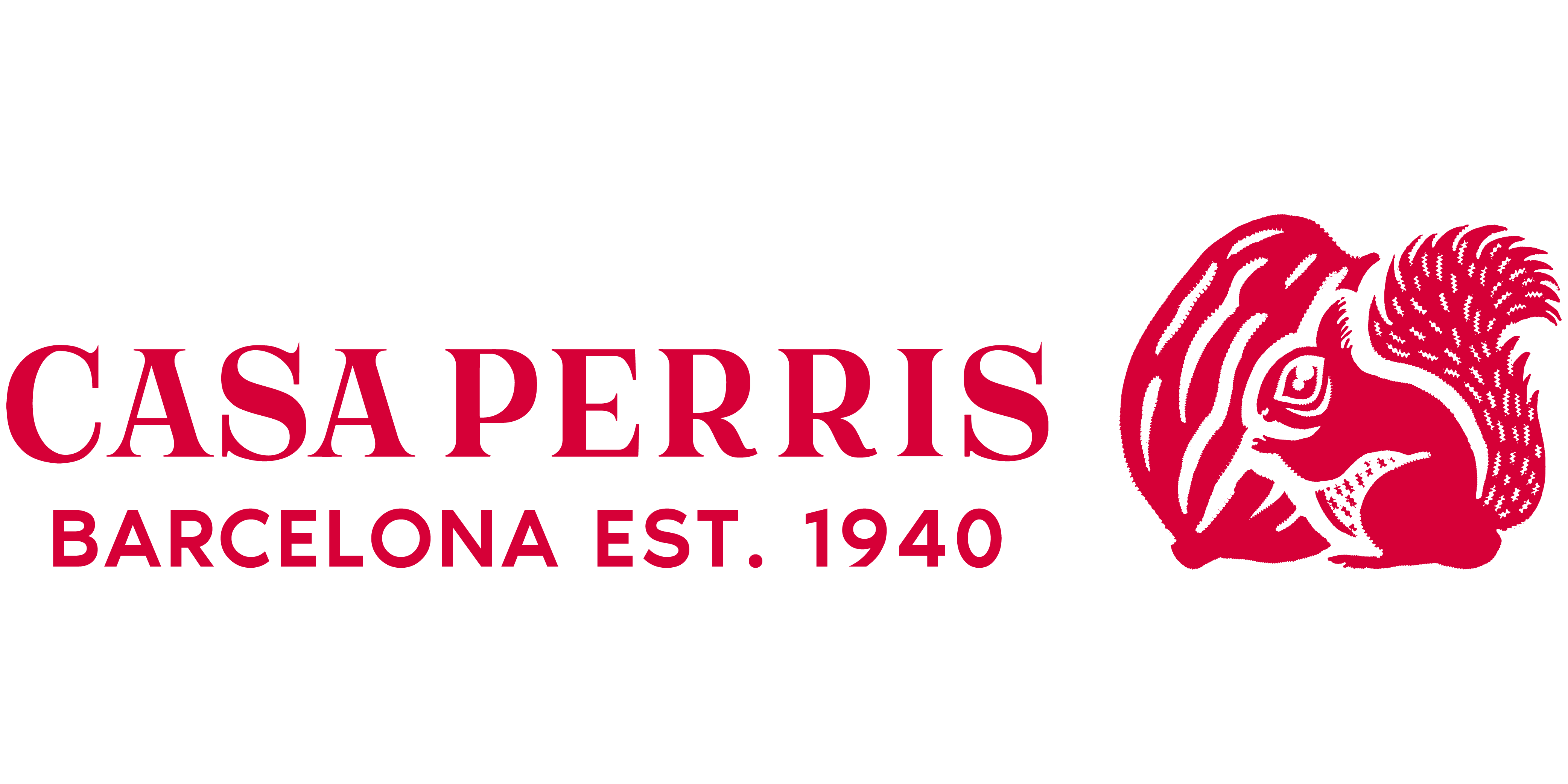There are foods that never make it into the shopping lists that we usually make when we go to the market, we call those in this post unknown foods or ingredients . But, many of them are worth knowing because they maintain very interesting properties for your body and daily energy. Sometimes you may not know they exist and other times, you know they are there, but you don't know how to use them. On this occasion we have selected 4 foods with healthy properties , comparable even with some of the spices and cereals that you commonly take home. Keep reading so you know the ingredients that should not be missing in your pantry and that you probably didn't know about.
Amaranth
Amaranth is known as a pseudo cereal native to Central and South America, its records date back to the time of the Mayan and Aztec civilizations. Since then, it has been believed that its properties make it an invigorating food, an aphrodisiac and even with esoteric powers that have made it present in countless rites.

Amaranth is rich in vitamin A, B6, K and C in addition to minerals such as calcium, iron, potassium, copper and magnesium. Amaranth is gluten-free so it can be consumed without any problem by people with gluten intolerance. In gastronomy, amaranth can be a substitute for rice and can also be an alternative to popcorn in snacks.
Turmeric
Turmeric is also known in different parts of the world as saffron stick or Indian gold, among other names that vary according to place. Turmeric rhizome is used as a natural coloring in Southeast Asian cuisine.

Turmeric is one of the ingredients present in curry and is responsible for providing the intense yellow color typical of Indian food. As a medicinal plant, it has healing properties according to traditional Chinese medicine, among which it stands out: anti-inflammatory, hepatoprotective and renoprotective. If you are more interested in turmeric, here are seven reasons to include it in your diet
teff

Teff is a cereal widely consumed in Africa, specifically in the countries located in the north of the continent. This cereal is included in the preparation of breads, cakes and a wide variety of doughs for all types of desserts. It comes in different presentations such as flakes, grains and flour. Its nutritional contribution is important for health, it has a high amount of fiber, iron, calcium and proteins that are assimilated to those found in eggs. Best of all, this cereal can be consumed by people with celiac disease and included in diabetic diets.
YOU MAY BE INTERESTED IN: ''THE 5 HEALTHiest CEREALS''
Algae
The consumption of seaweed is not common in European countries, however, there has been a significant increase in its consumption thanks to the properties and benefits it has. Algae are a source of organic nutrients that are quite clean and free of contaminants, among which we can highlight: iron, calcium, iodine, magnesium and potassium. Among the vitamins present, A, C, D, E and K stand out. The B complex is also present, although with a particular absence of vitamin B-12. You can use seaweed in dishes such as salads, soups, stews and in homemade preparations such as pâtés. Did you find the algae interesting? Here we explain all its properties


